El Greco in New York at the Metropolitan Museum of Art
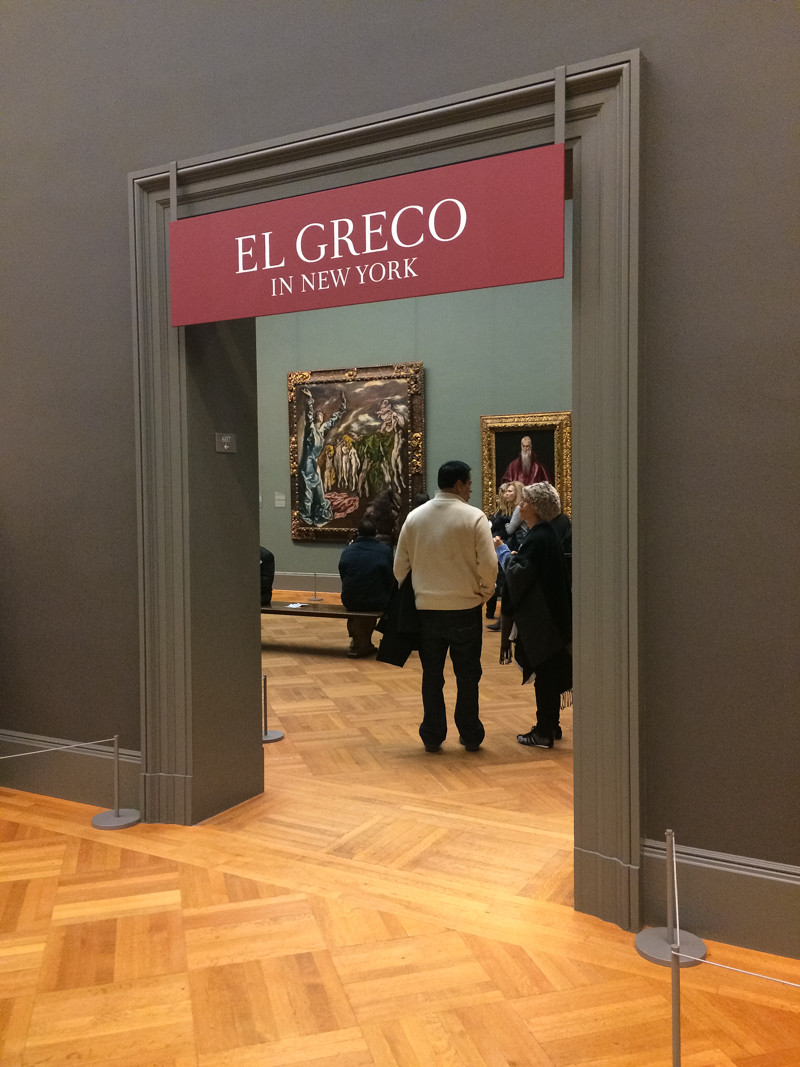
To access El Greco in New York, patrons of the MET must first pass through displays of his predecessors. The works of Titian and Tintoretto (among others) reveal the style that El Greco would come to absorb and nuance with his personal taste. Upon reaching the exhibit itself, viewers are given a simultaneous view of past and present. For the revelations of El Greco’s paintings are twofold: they encapsulate the trends of the Renaissance and Counter-Reformation, while clearly effecting future movements like Expressionism and Cubism. El Greco’s work has been hailed by artists like Delacroix and Picasso, while Aldous Huxley branded him a “forerunner of modern painters”.
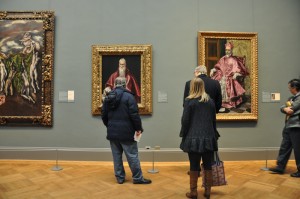 A hallmark of El Greco is his distorted figures. They are elongated, twisted and painted in bold, but hazy strokes. An example of this is seen with The Vision of Saint John (The Opening of the Fifth Seal, 1609-14), inspired by The Book of Revelation. The background is given a darker palette, with blurred martyrs reaching for heaven like St John does in the foreground. The robes in the piece act as pops of color, a light blue for the featured Saint and then gold and green for those executed out of faith. Standing at nearly eight feet, the piece leaves one easily enraptured.
A hallmark of El Greco is his distorted figures. They are elongated, twisted and painted in bold, but hazy strokes. An example of this is seen with The Vision of Saint John (The Opening of the Fifth Seal, 1609-14), inspired by The Book of Revelation. The background is given a darker palette, with blurred martyrs reaching for heaven like St John does in the foreground. The robes in the piece act as pops of color, a light blue for the featured Saint and then gold and green for those executed out of faith. Standing at nearly eight feet, the piece leaves one easily enraptured.
Another staple for El Greco were his portraitures, which served as explorations of inner character. This is seen in the two perspectives given to St Jerome, which hang diagonally across from each other in the exhibit. Saint Jerome as a Penitent (1600) shows a shirtless figure gazing devotedly at a crucifix, as a skull, hourglass and Bible rest at his desk (suggesting our fleeting corporeal existence). Saint Jerome as a Scholar (1610) depicts a man in full robes with an ascetic expression, perhaps a nod to the subject’s later practices of self-denial. In both, however, remains a strong religious sentiment that El Greco favored.
Often El Greco’s style has been misinterpreted as the sign of a tortured soul. In actuality, he was an established artist by the time he settled in Toledo despite never being able to shake the nickname “The Greek”. The Mannerist views he picked up in Italy allowed him to explore artifice over naturalism, leaving us with a set of work that’s an artistic milestone. The MET and Hispanic Society of America have pooled their pieces together to showcase classics such as the famed View of Toledo. For art connoisseurs and novices alike, it’s a must-see.
Kelly Kirwan
Photos: Gerard Seredyak
El Greco in New York is at The Metropolitan Museum of Art from 4th November 2014 until 1st February 2015, for further information visit here.



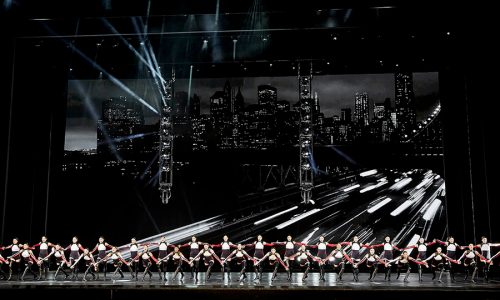


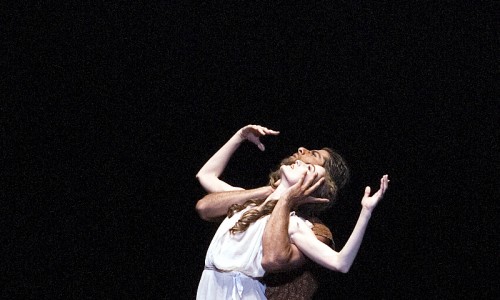
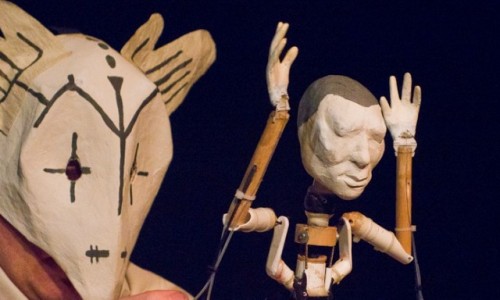

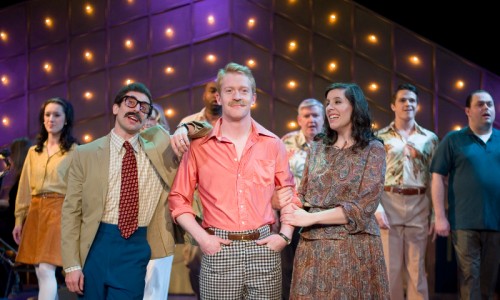










Facebook
Twitter
Instagram
YouTube
RSS